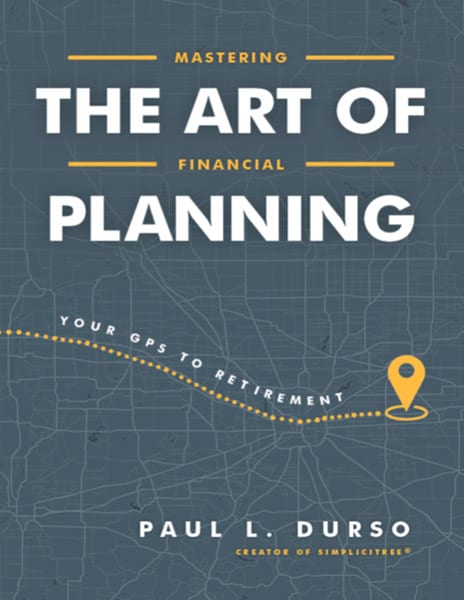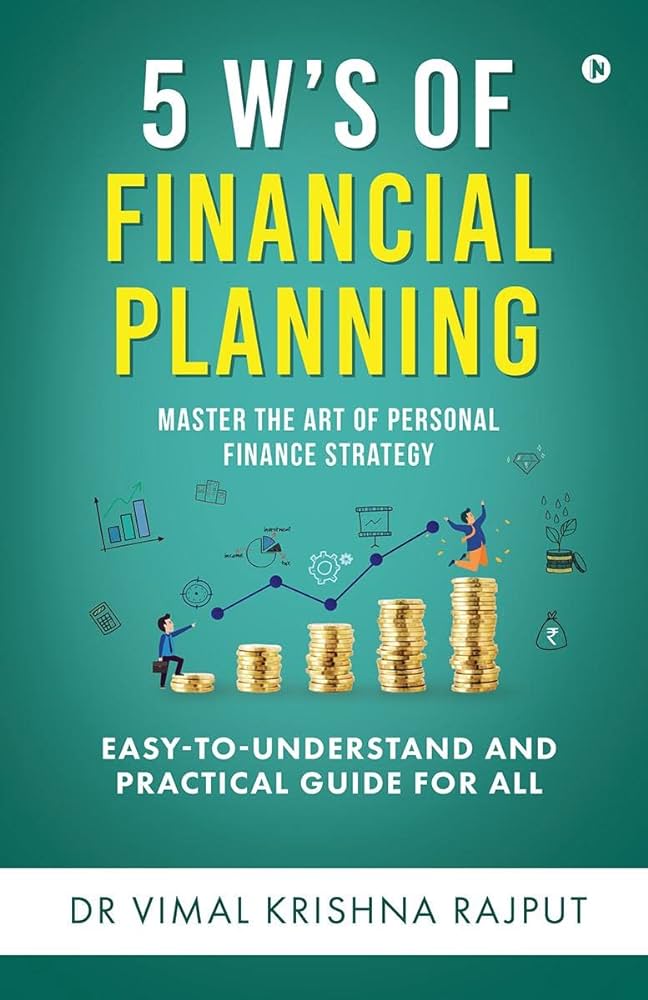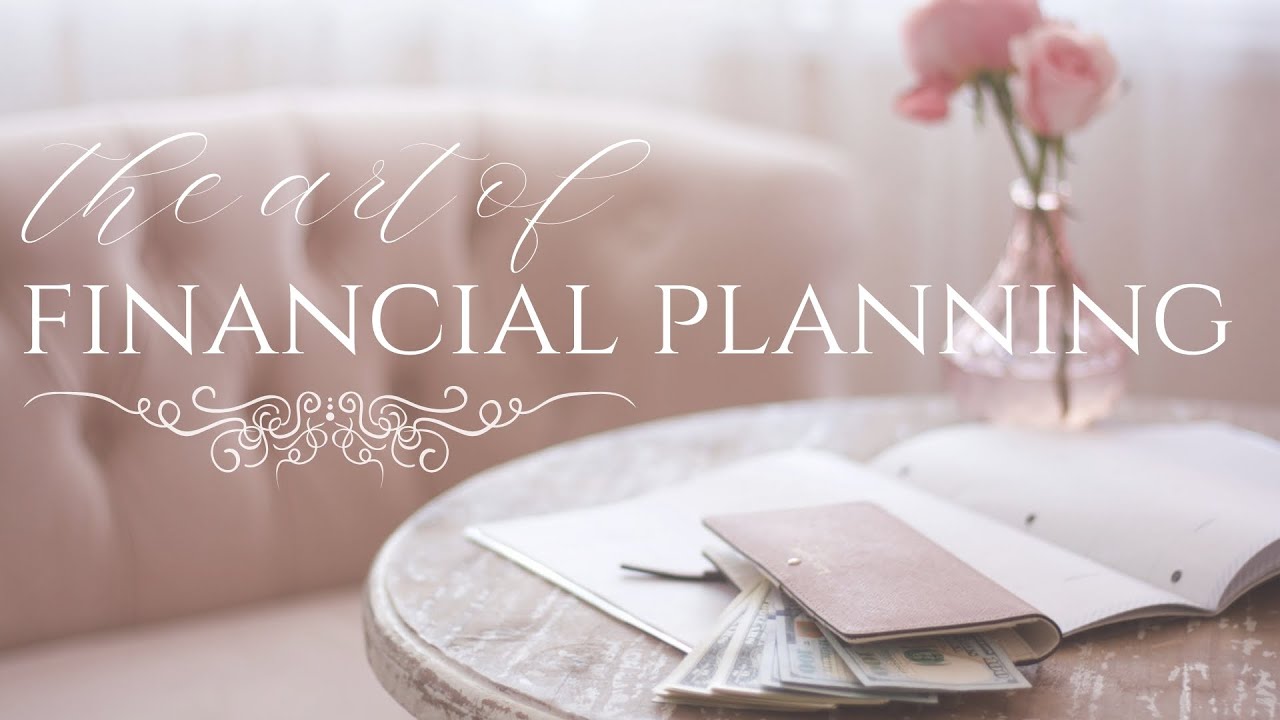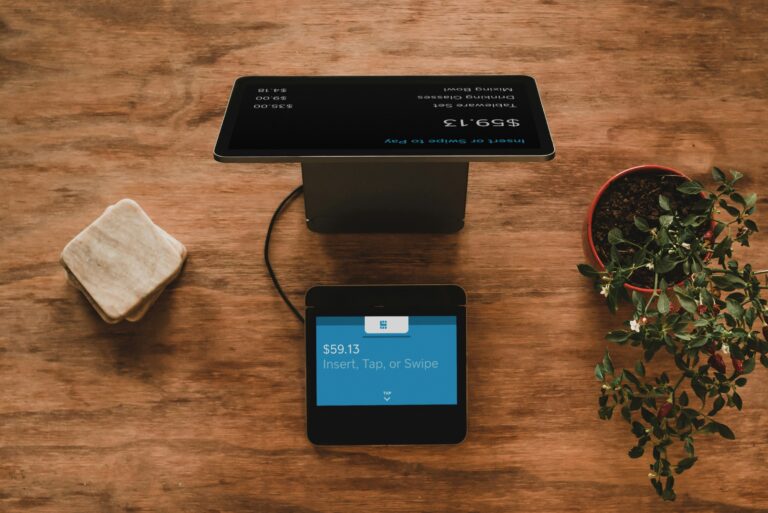The Art of Financial Planning
Alright, let’s have a chat about something that might not sound super exciting at first, but trust me, it’s a game changer: The Art of Financial Planning. Now, I’ve been down that road where my wallet seemed like a bottomless pit, with money just disappearing into thin air. But after I got a grip on financial planning, things started to take a turn for the better. You see, creating a solid financial plan is like drawing your personal map to treasure island, where the treasure is your financial security and peace of mind. Let me walk you through what I’ve learned and how it completely transformed my approach to money.
Understanding Financial Planning
Definition of financial planning
Financial planning, to me, is like laying down a blueprint for my financial future. It involves assessing my current financial situation, setting realistic goals, and then devising a structured plan to achieve them. It’s not just about investing or saving; it’s a comprehensive approach that considers every aspect of my finances — from budgeting to retirement planning, and everything in between.
Importance of financial planning in personal and professional life
In both my personal and professional life, financial planning plays a crucial role. Personally, it gives me a sense of security and preparedness for unexpected events. Professionally, especially if I were running a business, it would help in forecasting, budgeting, and managing cash flows efficiently. Financial planning is fundamental to achieving financial independence and securing a comfortable future.
Difference between financial planning and financial management
While I used to think financial planning and financial management were the same, I’ve learned there’s a distinct difference. Financial planning is the process of setting goals and creating a strategy for achieving them. Financial management, on the other hand, deals with the day-to-day process of managing my income, expenses, and investments. It’s more about execution, whereas financial planning is about strategizing.
Setting Financial Goals
Short-term vs long-term goals
Setting financial goals always felt overwhelming until I categorized them into short-term and long-term. Short-term goals, those I aim to achieve within a few months to a year, could include saving for a vacation or paying off a small debt. Long-term goals span years or even decades, such as buying a home or funding my retirement. Understanding this difference helps in aligning my actions accordingly.
SMART goals in financial planning
I’ve found making my financial goals SMART—Specific, Measurable, Achievable, Relevant, and Time-bound—immensely helpful. This approach keeps me focused and makes the process of achieving financial stability less daunting. For instance, instead of saying I want to save money, I say I want to save $5,000 for an emergency fund in a year. It’s clearer and more actionable.
Prioritizing financial goals
Learning to prioritize my financial goals was a game-changer. It involved evaluating their importance and urgency to determine which ones to focus on first. For instance, building an emergency fund took precedence over saving for a luxury vacation. This prioritization ensures that I’m making the most impactful financial decisions at the right times.

This image is property of www.insightfolios.com.
Creating a Budget
What is a budget and why is it crucial for financial planning?
A budget is my financial roadmap. It helps me understand where my money is going and ensures I’m spending less than I earn. It’s crucial for financial planning because it lays the foundation for achieving my financial goals. Without it, I’d be navigating my finances blindly, likely leading to stress and debt.
Steps to create an effective budget
Creating an effective budget involves several steps. First, I calculate my income, including all sources. Next, I list my monthly expenses, categorizing them into fixed and variable. I then set realistic spending limits for each category and track my spending against those limits. Finally, I adjust as needed, ensuring I’m always living within my means.
Tools and apps that can help in budgeting
Thankfully, budgeting doesn’t have to be a pen-and-paper task anymore. There are numerous tools and apps out there that have made budgeting much simpler for me. Apps like Mint, You Need a Budget (YNAB), and PocketGuard link to my bank accounts, categorize my expenses automatically, and help me track my financial goals. They’re incredibly convenient and have made staying on top of my finances easier than ever.
Managing Debt
Understanding good debt vs bad debt
Navigating debt was quite the learning curve. I learned that not all debt is created equal. Good debt, like a mortgage or a student loan, can be an investment that grows in value or generates long-term income. Bad debt, like high-interest credit card debt, doesn’t contribute to my financial growth and is costly to maintain. Distinguishing between the two has been critical in managing my finances.
Strategies to pay off debt effectively
To manage my debt effectively, I’ve employed several strategies. Using the debt snowball method, where I focus on paying off smaller debts first, has given me quick wins and the motivation to tackle larger debts. For higher interest debts, the avalanche method, focusing on the highest interest rates first, saves me money in the long run. Consolidation and refinancing are also strategies I’ve considered to manage overwhelming debt.
How managing debt influences financial health
Keeping my debt under control has been pivotal for my financial health. It has not only improved my credit score but also freed up more of my income for savings and investments. Living debt-free is my ultimate goal, as it means financial freedom and peace of mind.

This image is property of Amazon.com.
Building an Emergency Fund
The role of an emergency fund in financial planning
An emergency fund is my financial safety net. It’s money set aside to cover unexpected expenses or financial emergencies. Having it means I’m less likely to incur debt when something unplanned happens. In my financial planning, it’s the buffer that keeps me standing during tough times.
How much money should be in your emergency fund
Determining the size of my emergency fund took some consideration. The general advice is to save three to six months’ worth of living expenses. I aimed for six months to feel more secure, considering the potential for long-term financial disruptions.
Tips for building and managing your emergency fund
Building my emergency fund has been a gradual process. I started by setting a monthly savings goal and treated it like a non-negotiable expense. Keeping the fund in a high-yield savings account helps it grow faster. It’s also crucial to resist the temptation to dip into this fund for non-emergencies. Discipline is key.
Investing for the Future
Basics of investment in financial planning
Investment is a fundamental aspect of financial planning. It’s about putting my money to work so it can grow over time. Understanding the basics, like the relationship between risk and return and how to diversify my investment portfolio, has been essential. Starting early has also given my investments more time to compound.
Different types of investment vehicles
There’s a wide array of investment vehicles available, each with its pros and cons. Stocks, bonds, mutual funds, and real estate are just a few examples. Diversifying my investments across these vehicles has helped me balance risk and reward according to my financial goals and risk tolerance.
Risk management in investment
Risk management in investing means not putting all my eggs in one basket. By diversifying my portfolio, I can absorb losses from one investment with gains from another. Setting a long-term strategy and sticking to it, despite short-term market fluctuations, helps me navigate the risks associated with investing.

This image is property of Amazon.com.
Insurance Planning
Role of insurance in financial planning
Insurance is an often overlooked aspect of financial planning, but it’s crucial for protecting my assets and financial future. It provides a safety net against unforeseen losses, ensuring that I’m not caught off guard by life’s uncertainties. Whether it’s health, life, or property insurance, having the right policies in place is a cornerstone of a sound financial plan.
Types of essential insurance policies
Identifying the types of insurance I need has been a critical part of my financial planning. Health insurance is non-negotiable, given the high cost of medical care. Life insurance is vital for supporting my dependents in case something happens to me. Property and auto insurance protect my assets, while disability insurance covers my income if I’m unable to work.
How to choose the right insurance plans
Choosing the right insurance plans involves comparing policies, looking at the coverage, premiums, deductibles, and exclusions. It’s also important to consider my own needs and risks. Consulting with an insurance broker or using online comparison tools has helped me make informed decisions about the best policies for my situation.
Tax Planning
Understanding the basics of tax in financial planning
I’ve come to realize that understanding the basics of tax is essential in financial planning. Knowing how different types of income are taxed and identifying ways to minimize tax liability legally can significantly impact my financial well-being. It’s about making smart choices that reduce my tax burden while staying compliant with tax laws.
Strategies to reduce tax liability
Employing strategies to reduce my tax liability has been beneficial. Making the most of tax-advantaged accounts like IRAs and 401(k)s, where my investments can grow tax-deferred or even tax-free, is a no-brainer. Deductions and credits can also lower my tax bill, as can tax-efficient investment strategies.
Tax-advantaged investments and accounts
There are several tax-advantaged investments and accounts that have been instrumental in my tax planning strategy. Roth IRAs and 401(k)s, Health Savings Accounts (HSAs), and 529 college savings plans offer various tax benefits that can help in optimizing after-tax returns. Understanding and utilizing these can lead to significant savings over time.

This image is property of Amazon.com.
Retirement Planning
Importance of planning for retirement early
Starting my retirement planning early has been one of the best decisions I’ve made. It’s given my savings more time to grow, thanks to the power of compound interest. The earlier I start, the less I have to save each month to reach my retirement goals, making it less of a financial burden in my working years.
Different retirement savings accounts
Exploring different retirement savings accounts has opened up a world of options for me. Each account, from traditional IRAs to Roth IRAs and 401(k)s, comes with its unique benefits and tax implications. Choosing the right mix depends on my financial situation, tax bracket, and retirement goals.
Determining how much money you need for retirement
Determining how much money I’ll need for retirement has involved some careful calculations. It’s about estimating my future living expenses, considering the impact of inflation, and accounting for my desired lifestyle in retirement. Online retirement calculators have been helpful tools in this process, giving me a ballpark figure to work towards.
Monitoring and Adjusting Your Financial Plan
Reviewing your financial plan regularly
I’ve learned that a financial plan isn’t set in stone. Life changes, and so do my financial goals and circumstances. That’s why reviewing my financial plan regularly—at least once a year—is crucial. It allows me to adjust my strategy in response to life events like a career change, marriage, or the birth of a child.
Adjusting your financial plan to life changes
Adjusting my financial plan to life changes ensures that I’m always working towards what’s most important to me at any given time. For instance, after buying a house, my focus might shift from saving for a down payment to accelerating my mortgage payments. Being flexible and adaptive has been key to staying on track.
When to seek professional financial planning advice
While I’m a strong advocate for self-education in financial planning, there are times when seeking professional advice is the best course of action. Complex situations like estate planning, tax optimization, or managing a large investment portfolio can benefit from a professional’s expertise. It’s about recognizing when I need help and being willing to seek it out.
Financial planning is an art and a science. It’s a continuously evolving process that has taught me discipline, foresight, and the importance of being proactive about my financial future. Embracing these principles has not only improved my financial well-being but has also provided peace of mind and a sense of empowerment. Through diligent planning and consistent action, the dream of financial independence becomes attainable, step by step.

This image is property of i.ytimg.com.






